April 09, 2025 | 14:20
Science
Education
Student
YSU students explore new horizons in Iranian studies during visit to Ahvaz
As part of the collaboration between Yerevan State University and Shahid Chamran University of Ahvaz in the Islamic Republic of Iran, students from the Chair of Iranian Studies at YSU Faculty of Oriental Studies—comprising third and fourth-year bachelor’s students, as well as first-year master’s students—had the opportunity to participate in the two-week "Improvement of Persian Language Skills" program.
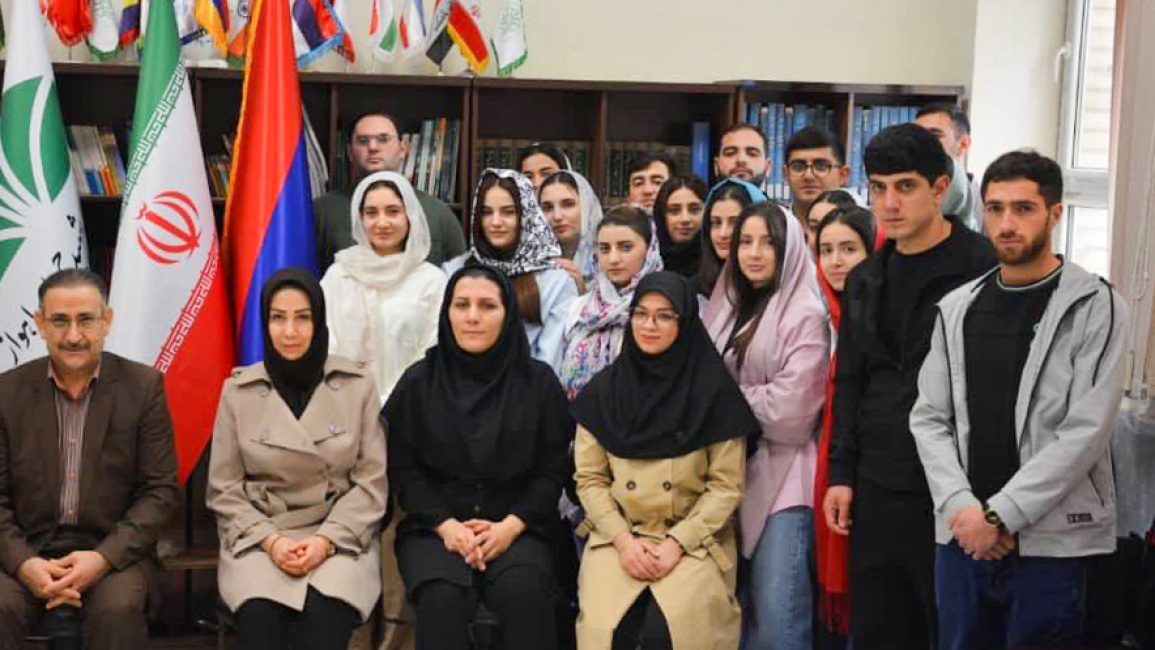
This visit became not only an opportunity for deepening linguistic knowledge but also a journey of cultural discovery, explorative visits, and professional growth. The students not only attended specialized courses but also engaged with the locals, immersing themselves in Iranian daily life by living in a native-speaking environment and experiencing a new culture. Throughout the program, the students were accompanied by Garik Misakyan, a lecturer from the Chair of Iranian Studies at YSU.
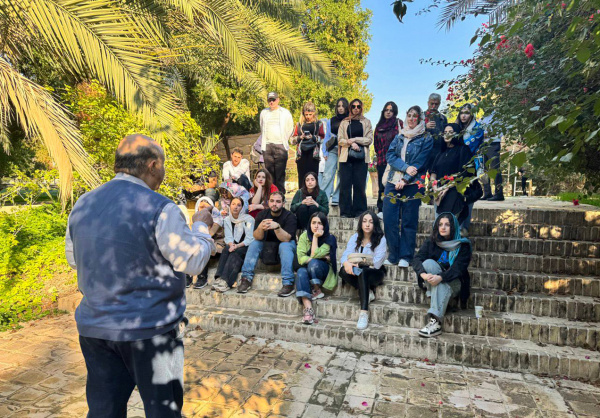
Reality Surpassing Expectations
The students shared their impressions, emphasizing the program's significance.
Sona Petrosyan, a fourth-year bachelor’s student at the Chair of Iranian Studies, said, "I believe it is very important that students do not limit themselves to theoretical knowledge alone. This program was one of the unique opportunities where we were able to practically apply the knowledge we had accumulated."
Tigran Grigoryan, also a fourth-year student, noted, "Living in Iran, you realize where you have gaps in your professional field. Discovering these gaps is a major achievement in itself. Now, I aim to fill them and deepen my professional skills."
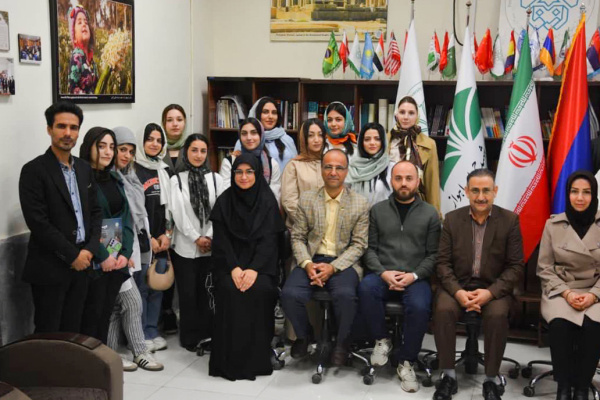
Milena Danielyan, a first-year master’s student at the Chair of Iranian Studies, remarked, "We were expecting a lot, but we received even more. From the perspective of professional skills development, this was truly a fruitful program. As for the cultural aspect, the visits to Abadan, Shushtar, and Khorramshahr were unforgettable."
Mariam Grigoryan, a third-year bachelor’s student at the Chair of Iranian Studies, shared, "At first, I had no expectations, to avoid any disappointment. But everything exceeded my expectations. When you are in Iran, the language is no longer like in textbooks—it becomes something you live."
Conversational Persian: From Books to Reality
During the program, the students experienced the differences and similarities between textbook Persian and the colloquial language.
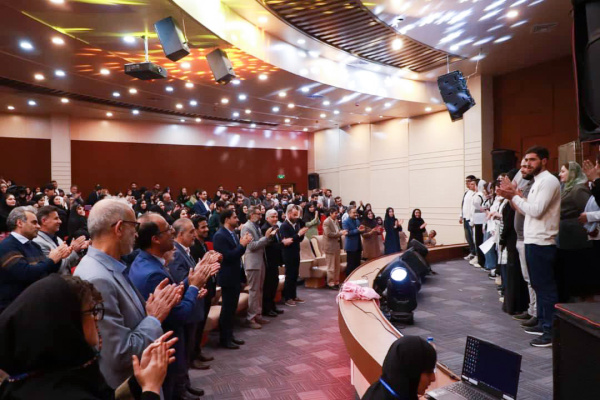
Mariam mentioned, "Colloquial Persian seemed more difficult, but while in Iran, we gradually entered this linguistic and cultural environment and began to communicate freely."
Sona added, "Unlike classroom lessons, there you live the entire day in Persian—interacting with locals and students. If you don’t understand something, you go, search for it, and learn. That’s exactly what motivation is."
Milena also emphasized that their linguistic skills immediately drew attention: "Professors noted that YSU students stood out from those from other countries, especially for their level of knowledge."
Tigran recalled a funny incident: "We were often asked, 'Which region of Iran are you from?' When we said we were from Armenia, people were surprised because we spoke Persian quite well."
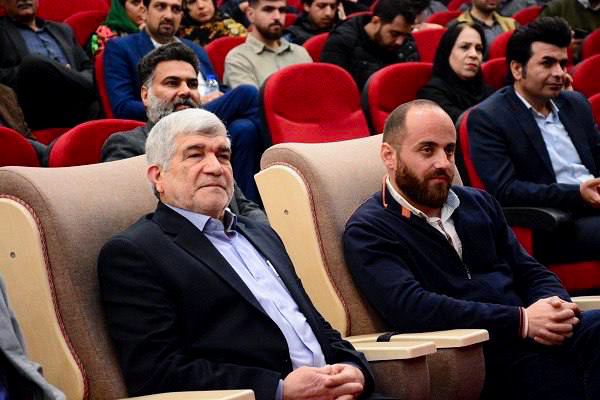
Cultural Similarities and Formed Friendships
The students highlighted the shared traits between Iran and Armenia, particularly the culture of hospitality.
Milena said, "Even if you don’t have money, you won’t be homeless in Iran. Such hospitality is hard to find elsewhere."
They were also surprised by the linguistic similarities, especially the expression "կամաց-կամաց," meaning "little by little," along with several other words in Persian that are also found in Armenian.
Professional Growth and New Perspectives
Sona noted, "When you start and end your day speaking Persian with native speakers, you begin to view your profession with a different perspective. This proximity becomes a driving force."
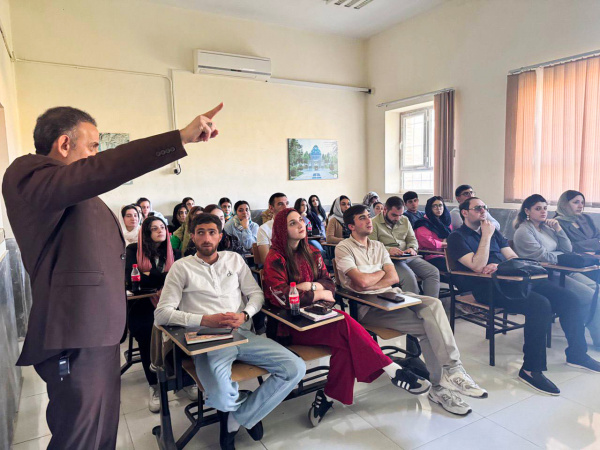
Mariam emphasized, "Programs like these also offer a unique opportunity to explore other Iranian languages, such as Talysh, Kurdish, Tati, and more. Iranian students were truly amazed by the breadth of our educational programs."
Milena summed up, "After returning from Iran, I was told my language skills had developed. This is the best feedback I could have received."
This experience once again demonstrated that, in order to ensure the effectiveness of the learning process, language must not only be studied at the textbook level but also applied in a native-speaking environment. The two-week "Improvement of Persian Language Skills" program became a crucial foundation for the students' professional development, providing them with the opportunity to reinforce and enhance their theoretical knowledge in practice.

